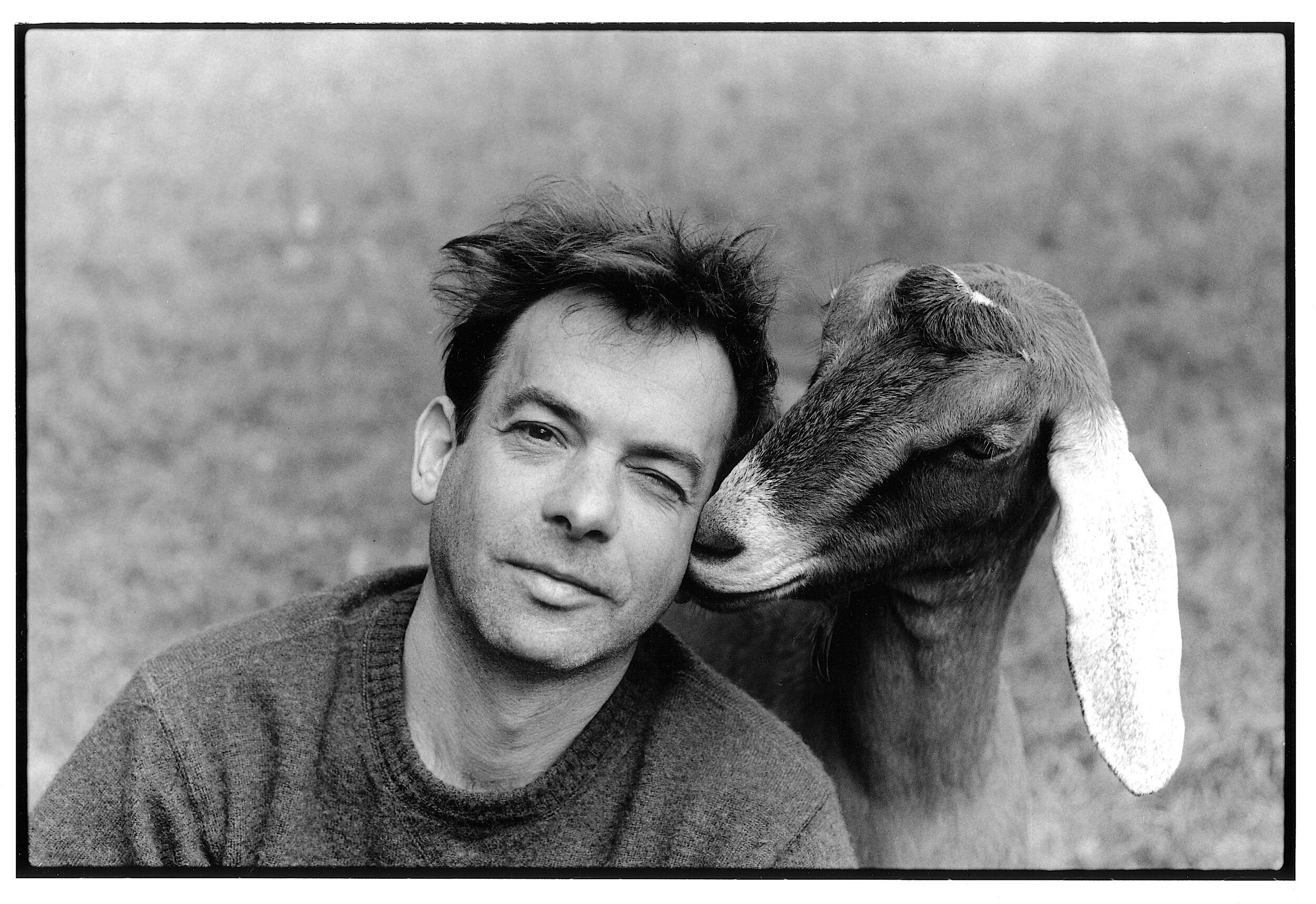Brad Kessler might not be a native Vermonter, but you’d never guess it. In his 2009 memoir, Goat Song, he wrote beautifully about the process of leaving the city for the pastoral life and learning to tend goats and make cheese. His new novel, North (Overlook Press, October 2021), opens and ends in the woods of Vermont, where the lives of a young Somali woman seeking asylum (Sahro), a wounded veteran of the war in Afghanistan (Teddy), and a cloistered monk (Christopher) converge during a late spring blizzard.
North covers many decades and miles in just 260 pages: Teddy's teen years and experience before and after his service in Afghanistan, Christopher's awakening into a monastic life, Sahro's heartbreaking childhood and journey from Somalia to the United States, and the story of when their threads join in Vermont. It’s a beautifully told, important, and urgent story, and we couldn’t put it down.
To celebrate the publication of North, we interviewed Brad about the process of writing the book. We also asked him to send us some images that served as inspiration when he was writing, which we’ve included below.
We hope you enjoy the interview and then get your hands on a copy of North. (All royalties from the North American sales of North will be donated to the Vermont office of the U.S. Committee for Refugees and Immigrants in Colchester, Vermont.)
Brad will be reading from North and participating in a panel discussion about refugees in Vermont at the Brattleboro Museum & Art Center on November 18, at 5:30 pm.
Literary North: North reads, on one level, as an elegy for “a dying way of life.” The monks are aging and no new vocations are coming to replace them. Extreme weather/climate change is drastically shaping life as we know it. Seeking asylum in the United States is difficult at best. Yet, there are strong human connections in your novel that offer a sense of hope to the reader. Did writing North change how you felt about the state of the world? Where do you find hope as you look to the future?
Brad Kessler: I think the act of writing itself always reshapes the way we feel about the world, regardless of one’s form. Writing for me is a way of uncovering thoughts and feelings and clarifying them into words. Writing North didn’t give me any more hope concerning the state of the world, but it did give me a place to put my confusion, grief, and rage about what is happening in the world. A little place—a plot—to make up story about it. The world is bleeding. Art is a bandage. How much can can a book, help? It can change the narrative; that’s the hope at least with stories. It can be a bridge to a yet unimagined future first articulated in words. Maybe that’s what gives me the slightest sense of hope. Looking at stories and looking at geology. One for the future, the other for the past. Looking at landscapes (geology, stratigraphy) tells us that no matter how dire things are on earth today, no matter what extinctions are at hand, life will go on in other unimaginable forms in the future. Beyond the Anthropocene. Strangely, stories can do that too.
LN: You've managed to pack a tremendous amount of plot into just 260 pages. We're so curious what your writing process was like. How did you manage all of these separate and intertwining stories and ideas, and how did you figure out the pacing to take us from heart-stopping action to such gentle moments of pause?
BK: It took about ten years to get the timing and pacing and all the facets put in the right places. I tend to write a tremendous amount of bad pages, stacks of the stuff, and refine from there. It is a constant process of paring away and rewriting, shaping, and reshaping; moving things around and allowing for missteps; and having faith that the bad pages will eventually turn good. With this book in particular, I needed to reach out into the world and engage with communities I wouldn’t otherwise have contact with monks, war Veterans, and the Somali community in Vermont. Without their example and help, the book couldn’t have been made.
LN: What are a couple of the most memorable books you’ve read lately that you would recommend to our readers?
BK: Claudia Rankine’s Just Us, Mohsin Hamid’s Exit West, Victoria Chang’s Obit…and an extraordinary collaboration about language and schizophrenia by Christina Baillie and Martha Baillie called Sister Language.
Mogadishu, Somalia — Photo via Spacetraveller.com
The U.S. border at Highgate, Vermont —Photo by Brad Kessler
U.S. Committee for Refugees and Immigrants in Colchester, Vermont —Photo by Brad Kessler
Thomas Merton Playing Bongos” (1968) —Ralph Eugene Meatyard
Map of Sahro’s journey through Central American and Mexico —Map and photo by Brad Kessler
Vermont winter window —Photo by Brad Kessler
Photo by Dona Ann McAdams
Brad Kessler is the author of the memoir, Goat Song, as well as two critically acclaimed novels, Lick Creek and Birds in Fall, which won the Dayton Literary Peace Prize for Fiction. He has been awarded a National Endowment for the Arts Fellowship, a Whiting, and the Rome Prize from the American Academy of Arts and Letters. His work has appeared in the New Yorker, the Nation, the Kenyon Review, and Bomb. He lives in Vermont.





